THEN AND NOW: Here are the 8 places on Spartanburg's Historic Register
On May 9, Cumming Street School became the eighth historic site to be added to the Spartanburg Historic Register. Cumming Street School joined Mary H. Wright Elementary on the list as the two historically significant Black schools were added to the register most recently.
The City of Spartanburg began adding sites and districts to its Historic Register in June of 1998, starting with the Daniel Morgan Monument, the Jammie Seay House and the Cleveland Law Range.
Here are the eight sites or districts on the Historic Register, along with their significance:
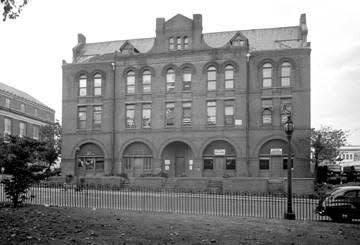
Cleveland Law Range
Date of Local Designation: June 8, 1998
Address: 175 Magnolia Street
The Cleveland Law Range was a three-story brick office building with an attic built in 1898 to 1899. It is one of the few remaining architectures of Richardson Romanesque style, a high style architecture rare to find in the South to begin with. The Cleveland Law Range was maintained as offices for three South Carolina governors.
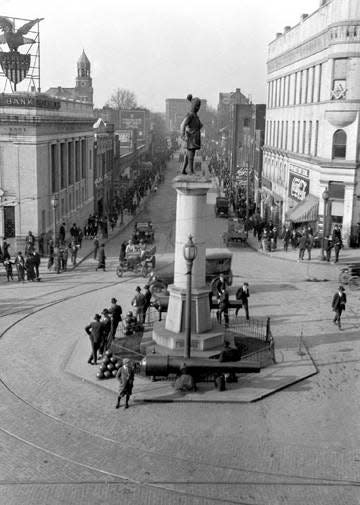
Daniel Morgan Monument
Date of Local Designation: June 8, 1998
Address: Morgan Square
The Daniel Morgan Monument is a bronze statue erected in 1881 and still standing today on Morgan Square in downtown Spartanburg, commemorating the Revolutionary Battle of Cowpens and General Daniel Morgan. The statue is characteristic of the realistic style of its sculptor John Quincy Adams Ward.
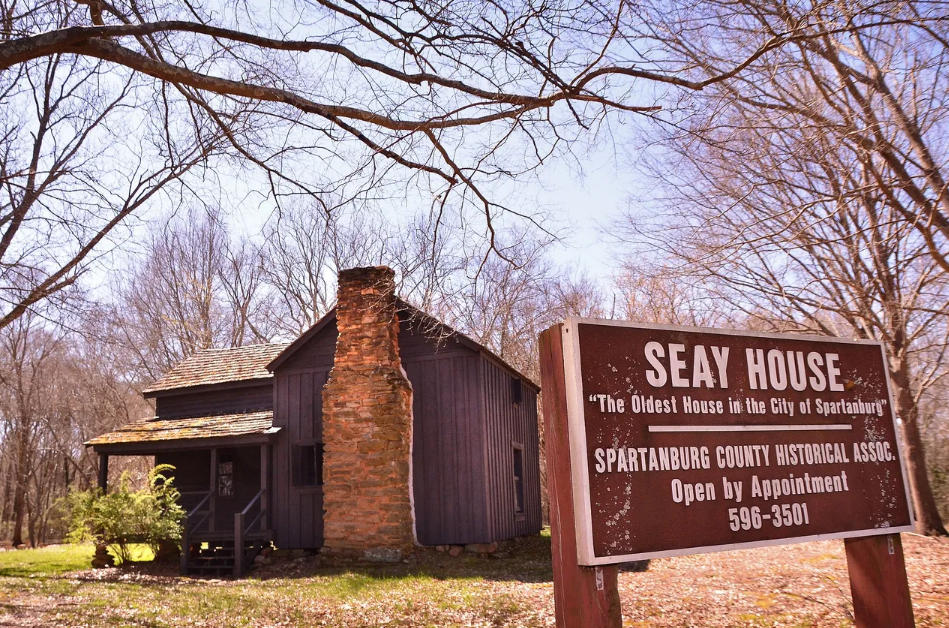
Jammie Seay House
Date of Local Designation: June 8, 1998
Address: 106 Darby Road
The Jammie Seay House is believed to be the oldest house within the limits of Spartanburg. An example of log cabin construction, the house was built between 1770 to 1800 and belonged to Jammie Seay, a Revolutionary War soldier. The house stands on a one-acre land on the top of a knoll, overlooking the city.
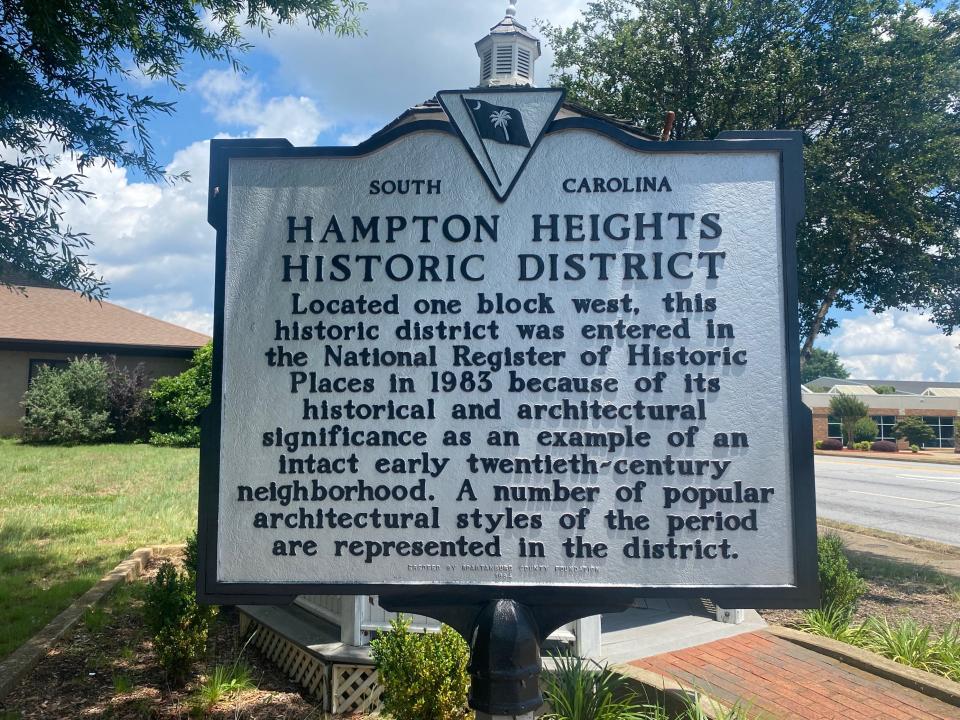
Hampton Heights Historic District
Date of Local Designation: June 23, 1998
Located just west of Carver Middle School and east to the Highland neighborhood, the Hampton Heights Historic District is a collection of 120 residences developed between 1890 and 1930. Serving mainly middle and upper-class residents of Spartanburg, the district is representative of the prevalent urban and suburban house types of the era, featuring buildings in the styles of Queen Ann, Bungalow, Craftsman, Four-Square, and Neo-Classical.
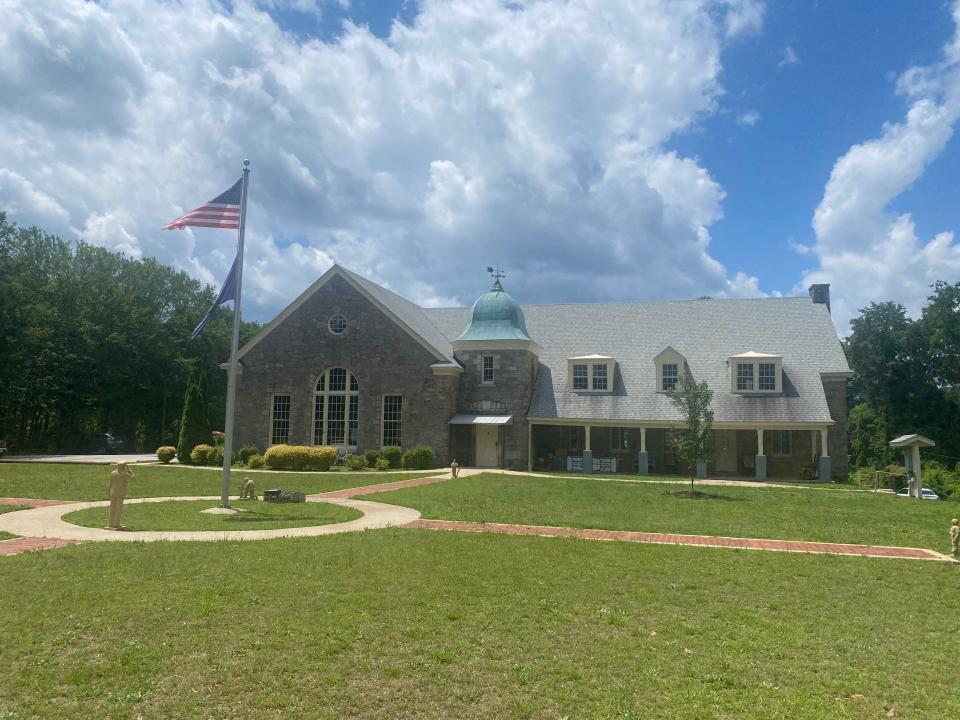
American Legion Building at Duncan Park
Date of Local Designation: May 14, 2001
Address: 98 W. Park Drive
The American Legion Building at Duncan Park is a Colonial Revival style, large stone masonry meeting hall built in 1937. The building served as a meeting place for members of the American Legion Post 28, who met where they could prior to the completion of this building. The building also served the surrounding community by hosting events and acting as a polling location.
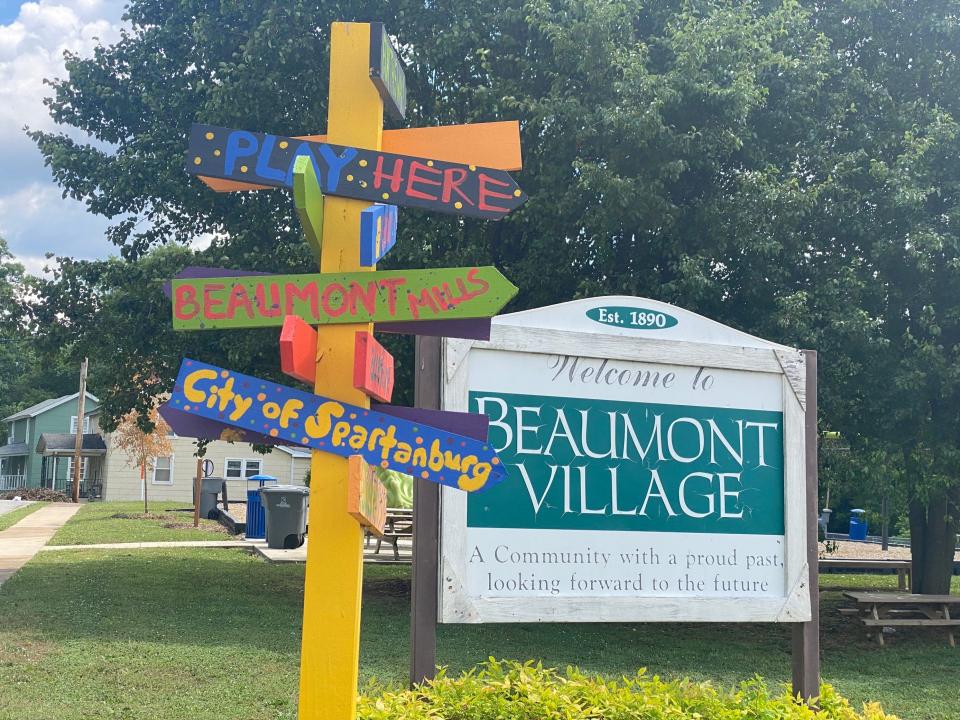
Beaumont Mill Village Historic District
Date of Local Designation: April 11, 2011
Located to the north of Oakwood Cemetery and east of N Pine Street, Beaumont Mill Village was designed and built during the Southern Textile industry boom period during 1890 to 1920. The cotton mill provided additional employment opportunities to the village residents. It stands as one of South Carolina's most intact textile mill villages today.
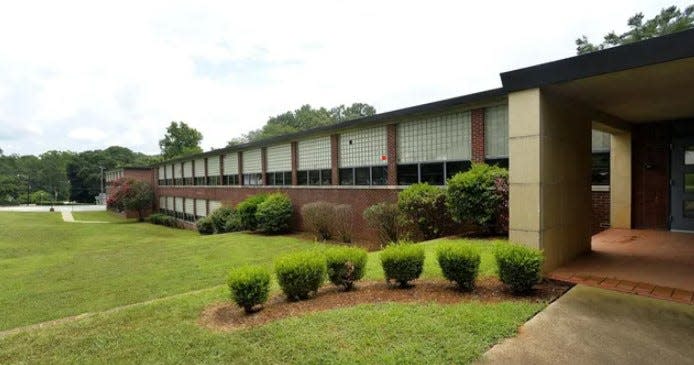
Mary H. Wright School
Date of Local Designation: February 22, 2021
Address: 201 Caulder Avenue
Located on the historically Black south side of the city, Mary H. Wright Elementary School is a historically Black elementary school first constructed in 1951 and added onto in 1954, 1960, and 1980. In a still-segregated Spartanburg, Mary H. Wright was part of a statewide school-building effort by Governor James F. Byrnes attempting to "equalize" education without the racial integration programs the NAACP was pushing for in the federal Briggs v. Elliott lawsuit.
More: Spartanburg resident's year-long fight to preserve Mary H. Wright School makes history
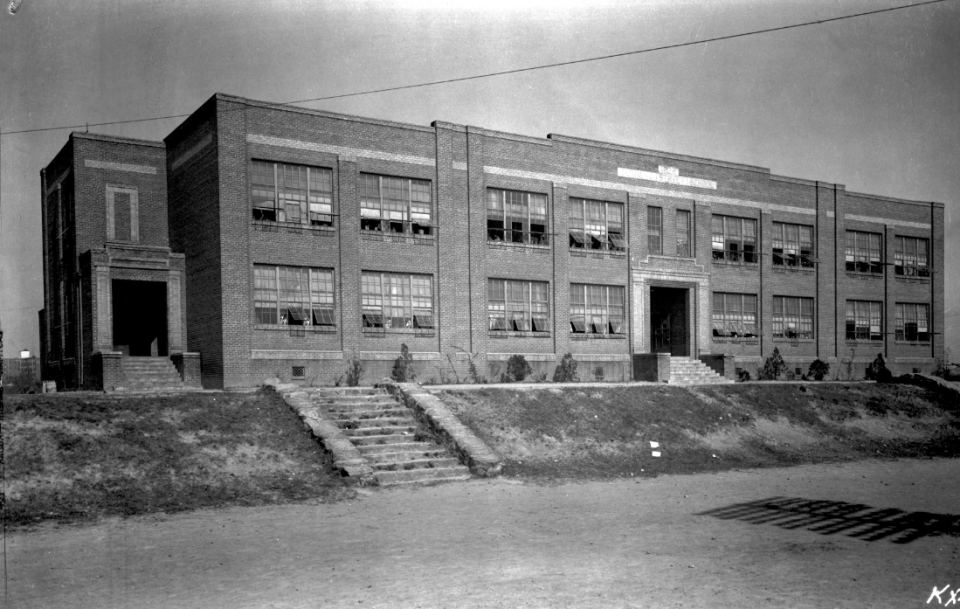
Cumming Street School
Date of Local Designation: May 9, 2022
Address: 196 Wofford Campus Drive
Cumming Street School was the first formal public junior high and high school built for Black students in Spartanburg. Opening in 1926 in the now-disappeared "Back of College" neighborhood, a prominent Black neighborhood during segregation, Cumming Street School was able to educate many Black students who have gone on to pursue successful careers in education, healthcare, government, and others. After the 1969 court-ordered desegregation in Spartanburg, Cumming Street School closed as Black students were ordered into historically white schools in School District 7.
More: How Spartanburg citizens helped get Cumming Street School on city's historic register
This article originally appeared on Herald-Journal: Cumming Street School makes the eighth site on the Historic Register

